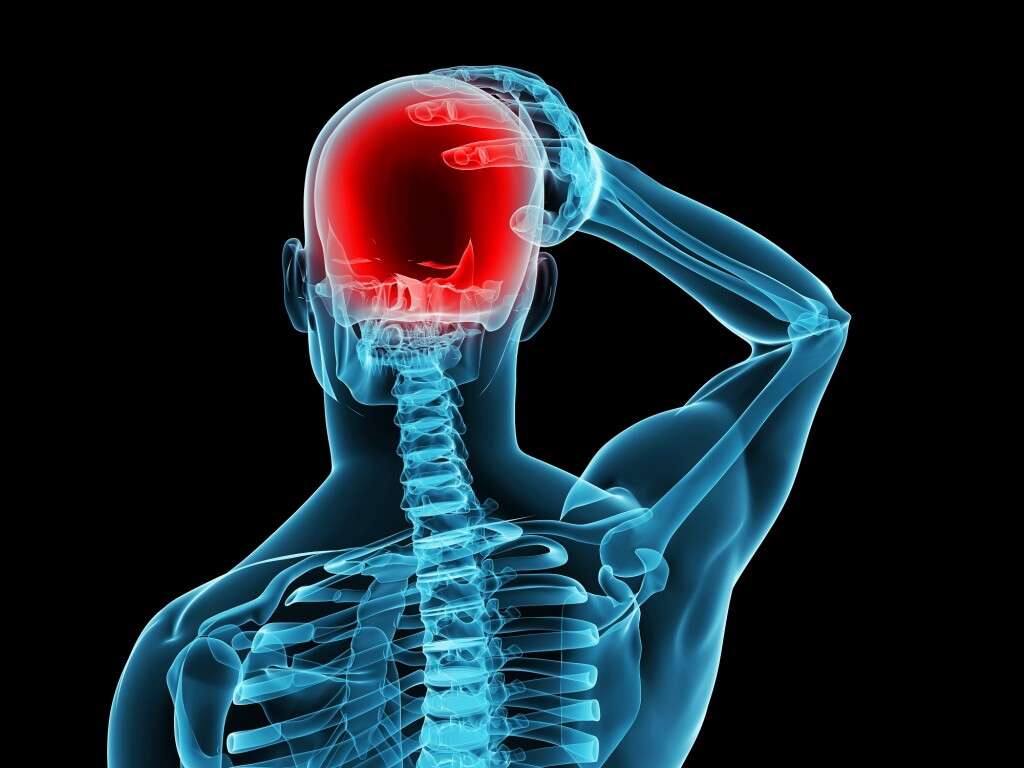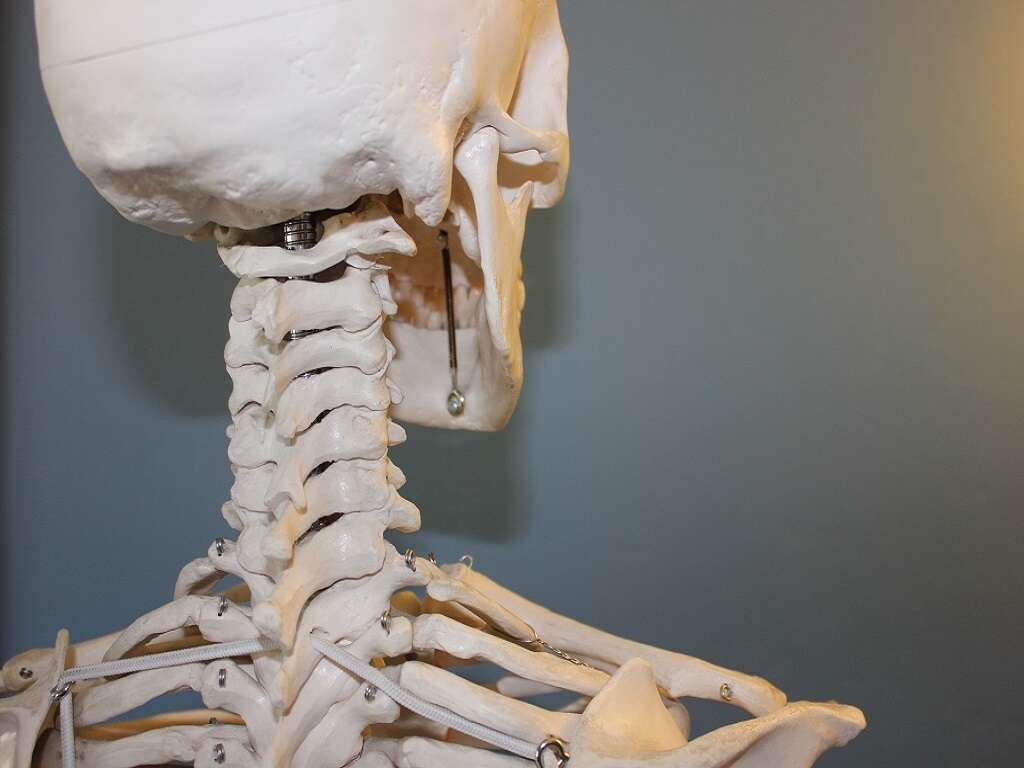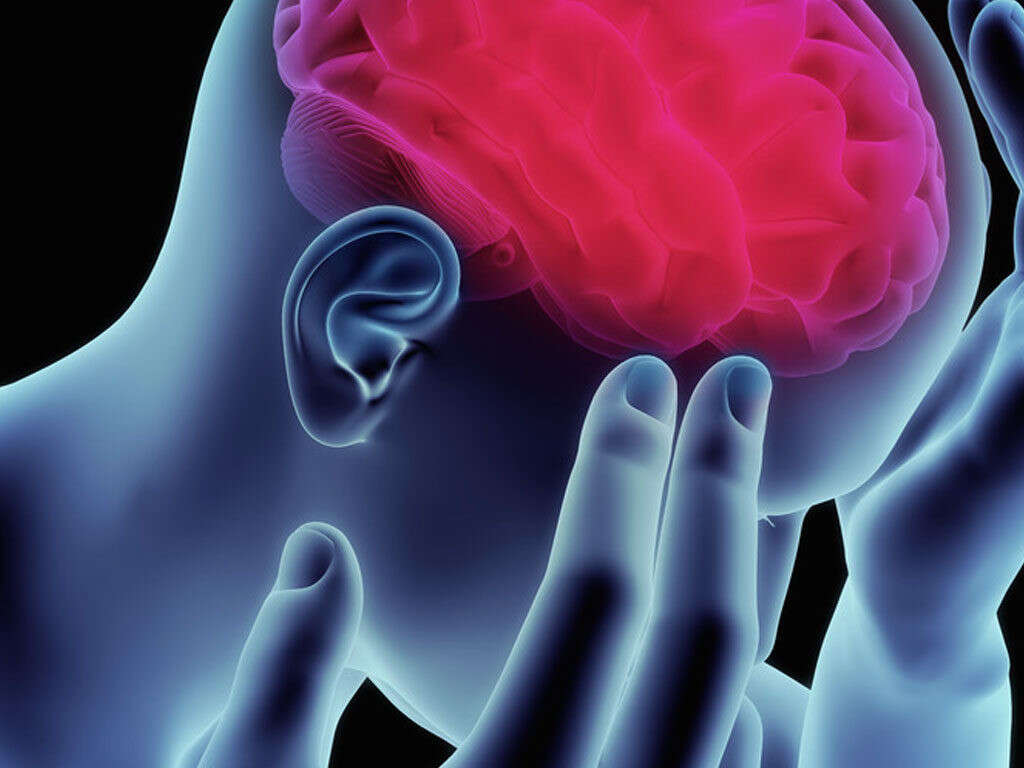Microcephaly Definition, Causes and More
 Article Sources
Article Sources
- 1. 'Microcephaly.' Mayo Clinic, Mayo Foundation for Medical Education and Research, 25 June 2020, www.mayoclinic.org/diseases-conditions/microcephaly/symptoms-causes/syc-20375051.
- 2. 'Microcephaly: Boston Children's Hospital. Boston Childrens Hospital, www.childrenshospital.org/conditions-and-treatments/conditions/m/microcephaly.
- 3. 'Default - Stanford Children's Health.' Stanford Children's Health - Lucile Packard Children's Hospital Stanford, www.stanfordchildrens.org/en/topic/default?id=microcephaly-90-P02610.
- 4. Hanzlik, Emily, and Joseph Gigante. 'Microcephaly.' Children (Basel, Switzerland), MDPI, 9 June 2017, www.ncbi.nlm.nih.gov/pmc/articles/PMC5483622/.
- 5. 'Facts about Microcephaly.' Centers for Disease Control and Prevention, Centers for Disease Control and Prevention, 23 Oct. 2020, www.cdc.gov/ncbddd/birthdefects/microcephaly.html.
- 6. 'Microcephaly: Symptoms and Causes: Boston Children's Hospital.' Boston Childrens Hospital, www.childrenshospital.org/conditions-and-treatments/conditions/m/microcephaly/symptoms-and-causes.
- 7. 'Microcephaly: Treatments: Boston Children's Hospital.' Boston Childrens Hospital, www.childrenshospital.org/conditions-and-treatments/conditions/m/microcephaly/treatments.
- 8. 'Microcephaly: Frequently Asked Questions: Boston Children's Hospital.' Boston Childrens Hospital, www.childrenshospital.org/conditions-and-treatments/conditions/m/microcephaly/frequently-asked-questions.
- 9. 'Facts about Craniosynostosis.' Centers for Disease Control and Prevention, Centers for Disease Control and Prevention, 23 Oct. 2020, www.cdc.gov/ncbddd/birthdefects/craniosynostosis.html.
- 10. 'Craniosynostosis.' Mayo Clinic, Mayo Foundation for Medical Education and Research, 13 Dec. 2019, www.mayoclinic.org/diseases-conditions/craniosynostosis/diagnosis-treatment/drc-20354517.
Microcephaly is a condition in which a child's head is much smaller than the heads of other children of the same sex and age. Micro means small, and cephaly is related to the Greek word for head. Children with microcephaly also usually have smaller brains or brains that have developed abnormally. Microcephaly is often congenital, but it can develop after birth.
A relatively rare condition, microcephaly occurs in approximately 25,000 U.S. births annually. Genetic issues often cause microcephaly, but environmental issues are sometimes implicated. Children with microcephaly may have a range of associated issues.1‘Microcephaly.’ Mayo Clinic, Mayo Foundation for Medical Education and Research, 25 June 2020, www.mayoclinic.org/diseases-conditions/microcephaly/symptoms-causes/syc-20375051.,2‘Microcephaly: Boston Children’s Hospital. Boston Childrens Hospital, www.childrenshospital.org/conditions-and-treatments/conditions/m/microcephaly.
Prenatal Causes of Microcephaly
Genetic mutations often cause microcephaly, and chromosomal abnormalities, such as Down syndrome, may play a role in the development of microcephaly. An expectant mother's poor diet, use of alcohol and exposure to drugs and certain chemicals may cause microcephaly to develop in her unborn child. If the expectant mother acquires infections, such as rubella, varicella, toxoplasmosis or Zika virus, during pregnancy, the baby may have microcephaly.
Lack of oxygen to the baby's brain during pregnancy or delivery is another potential cause of microcephaly. The condition may also arise if the child's mother has uncontrolled phenylketonuria.1‘Microcephaly.’ Mayo Clinic, Mayo Foundation for Medical Education and Research, 25 June 2020, www.mayoclinic.org/diseases-conditions/microcephaly/symptoms-causes/syc-20375051.
Postnatal Causes of Microcephaly
While most causes of microcephaly occur prior to birth, the condition may develop during infancy. This is known as acquired microcephaly. In some cases, the baby is born with a normal head circumference, but an underlying genetic abnormality, such as Rett syndrome, interferes with the proper growth of the brain.3‘Default - Stanford Children’s Health.’ Stanford Children’s Health - Lucile Packard Children’s Hospital Stanford, www.stanfordchildrens.org/en/topic/default?id=microcephaly-90-P02610.,4Hanzlik, Emily, and Joseph Gigante. ‘Microcephaly.’ Children (Basel, Switzerland), MDPI, 9 June 2017, www.ncbi.nlm.nih.gov/pmc/articles/PMC5483622/.
Brain infections, interrupted flow of oxygen to the brain and trauma resulting in brain injury are some other possible causes of acquired microcephaly.6‘Microcephaly: Symptoms and Causes: Boston Children’s Hospital.’ Boston Childrens Hospital, www.childrenshospital.org/conditions-and-treatments/conditions/m/microcephaly/symptoms-and-causes. Sometimes, the exact cause is unknown.

Symptoms of Microcephaly
The primary symptom of microcephaly is a head circumference that's smaller than that of other babies of a similar age. The child may have a poor appetite and exhibit weight gain and growth that are below normal.6‘Microcephaly: Symptoms and Causes: Boston Children’s Hospital.’ Boston Childrens Hospital, www.childrenshospital.org/conditions-and-treatments/conditions/m/microcephaly/symptoms-and-causes.
Microcephaly can range from mild to severe. Children with severe microcephaly may have foreheads that slope backward. They may also have one or more disabilities or developmental issues. Each case is different.1‘Microcephaly.’ Mayo Clinic, Mayo Foundation for Medical Education and Research, 25 June 2020, www.mayoclinic.org/diseases-conditions/microcephaly/symptoms-causes/syc-20375051.
Associated Issues
Depending on the severity of the condition, children with microcephaly may have associated conditions and disabilities. They may develop seizures or have difficulty with movement, balance and swallowing. Some may have vision or hearing impairments. Intellectual disabilities may be present, and these children may experience developmental delays in sitting, walking and talking.5‘Facts about Microcephaly.’ Centers for Disease Control and Prevention, Centers for Disease Control and Prevention, 23 Oct. 2020, www.cdc.gov/ncbddd/birthdefects/microcephaly.html.
Children with microcephaly may have joint or facial deformities. They may also have short stature or dwarfism, and their muscle tone may be too loose or too tight.6‘Microcephaly: Symptoms and Causes: Boston Children’s Hospital.’ Boston Childrens Hospital, www.childrenshospital.org/conditions-and-treatments/conditions/m/microcephaly/symptoms-and-causes.

Diagnosing Microcephaly
Before birth, doctors may diagnose microcephaly during an ultrasound. Frequently, microcephaly isn't evident in ultrasound images until the third trimester.
For diagnosis after birth, physicians review pregnancy issues, family history and the child's health history. They measure the head circumference, comparing the measurement to standard growth charts. They may also order imaging tests. Blood tests may reveal genetic conditions linked to microcephaly, and a urine test may detect the presence of a substance used by the mother that could increase the risk of microcephaly.3‘Default - Stanford Children’s Health.’ Stanford Children’s Health - Lucile Packard Children’s Hospital Stanford, www.stanfordchildrens.org/en/topic/default?id=microcephaly-90-P02610.
Treatments for Microcephaly
Since no cure is available for microcephaly, supportive care is necessary, and symptoms must be managed. The severity of the condition and specific symptoms dictate the recommended care.
If a child has a small head and no associated issues, no treatment may be necessary. Those with movement and coordination issues may need physical or occupational therapy. Voice, language and swallowing issues may require speech therapy, and psychological counseling may be necessary to boost self-esteem and help those with microcephaly handle feelings about their condition.7‘Microcephaly: Treatments: Boston Children’s Hospital.’ Boston Childrens Hospital, www.childrenshospital.org/conditions-and-treatments/conditions/m/microcephaly/treatments.

Prevention of Microcephaly
While genetic forms of microcephaly can't be prevented, genetic counseling may help parents understand the chances of microcephaly occurring in future pregnancies. An expectant mother can lower the risk of microcephaly in her unborn baby by following a nutritious diet and avoiding drugs, alcohol and exposure to toxic chemicals.
Pregnant women should also try to avoid situations in which they're exposed to viruses and infections. This includes taking steps to prevent mosquito bites and avoiding travel to regions experiencing Zika outbreaks.8‘Microcephaly: Frequently Asked Questions: Boston Children’s Hospital.’ Boston Childrens Hospital, www.childrenshospital.org/conditions-and-treatments/conditions/m/microcephaly/frequently-asked-questions.
Prognosis
Each microcephaly case is different, and the child's prognosis depends on the severity of the condition, the associated symptoms and the underlying cause. Head size doesn't always correlate with the severity of symptoms.
Many children require frequent medical visits that track their symptoms and progress. They also need consistent therapeutic support. Even in the most severe cases, medications may help control symptoms, and various therapies may help those with microcephaly make the most of their abilities.8‘Microcephaly: Frequently Asked Questions: Boston Children’s Hospital.’ Boston Childrens Hospital, www.childrenshospital.org/conditions-and-treatments/conditions/m/microcephaly/frequently-asked-questions.

Craniosynostosis
Craniosynostosis is a form of microcephaly in which the bones in a baby's skull fuse before the brain has fully formed. As the brain continues to grow, the skull may become misshapen, and pressure builds on the brain, sometimes leading to blindness, seizures or brain damage.
The cause of craniosynostosis may be genetic or related to foods and medications an expectant mother ingests during pregnancy. Women with thyroid disease and those taking fertility drug clomiphene citrate are more likely to have babies with craniosynostosis.9‘Facts about Craniosynostosis.’ Centers for Disease Control and Prevention, Centers for Disease Control and Prevention, 23 Oct. 2020, www.cdc.gov/ncbddd/birthdefects/craniosynostosis.html.
Treatment for Craniosynostosis
In some cases, a child with craniosynostosis may need to wear a specially molded helmet to help reshape the skull. In other cases, endoscopic surgery is performed. This minimally invasive procedure involves inserting a tube through a small incision in the scalp to help the surgeon identify and separate prematurely fused bones. Many children require open surgery to reshape the skull.
The treatment type and timing depend on the severity of the condition. Treatments normally produce good results with few complications.10‘Craniosynostosis.’ Mayo Clinic, Mayo Foundation for Medical Education and Research, 13 Dec. 2019, www.mayoclinic.org/diseases-conditions/craniosynostosis/diagnosis-treatment/drc-20354517.










